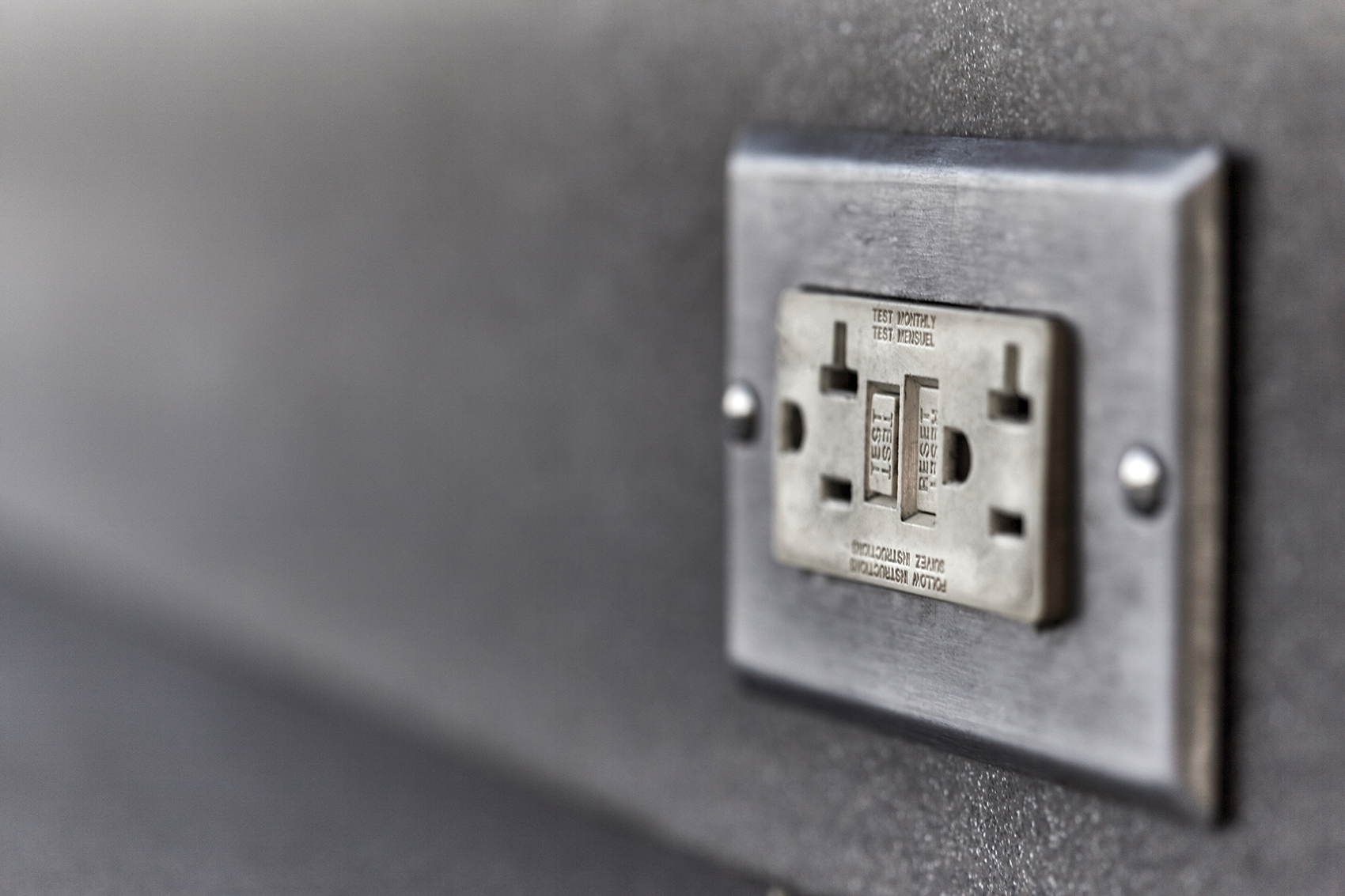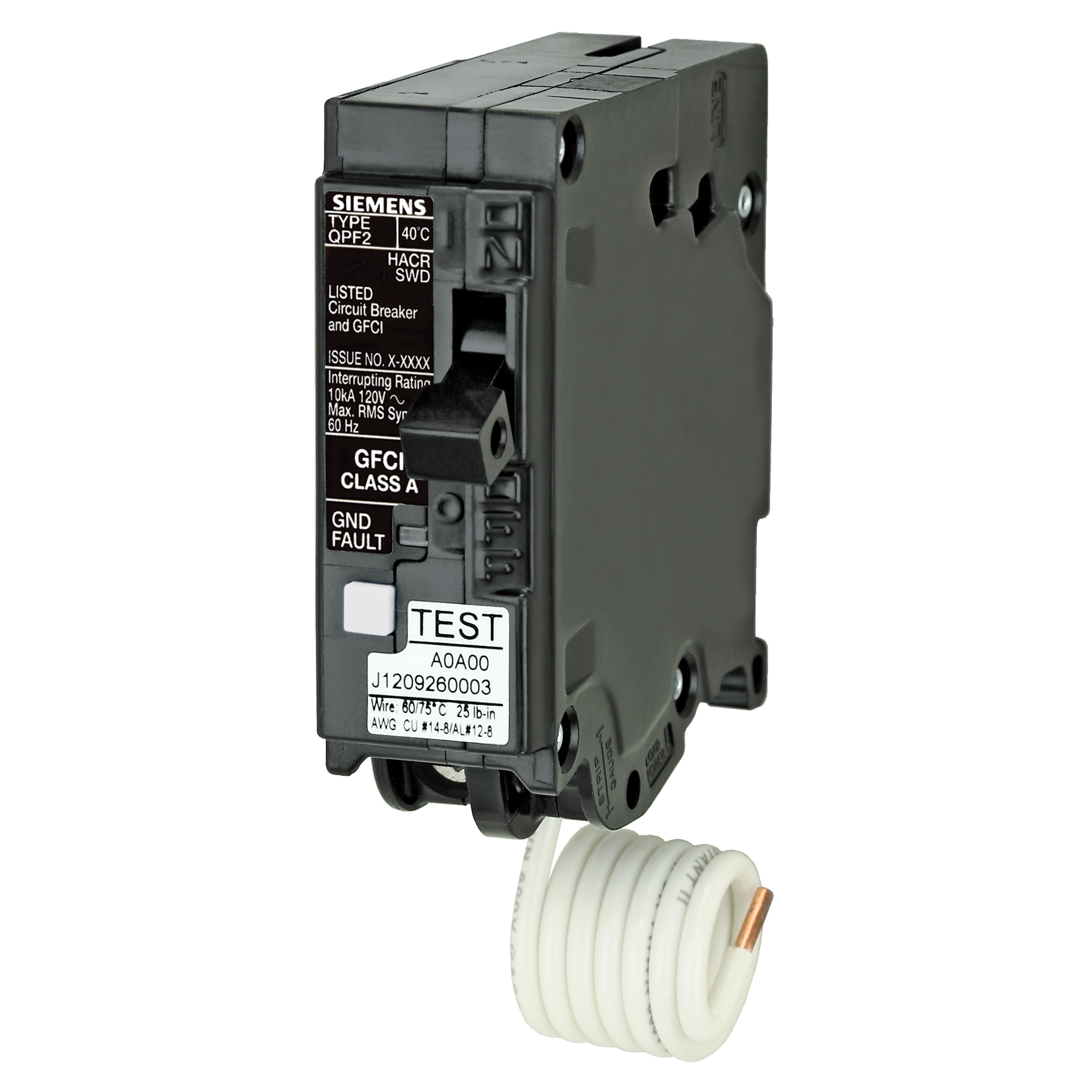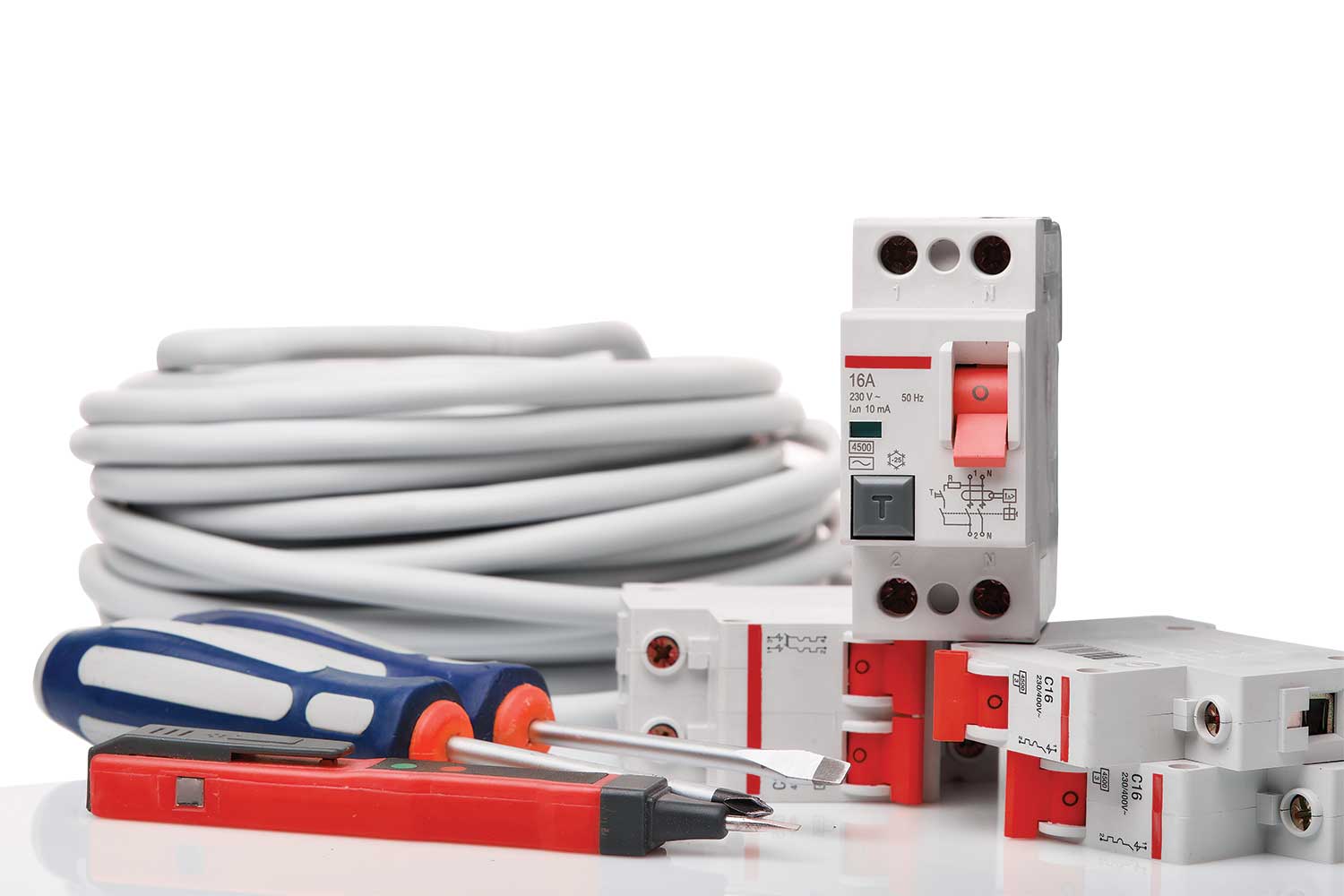The 2020 edition of the NEC addresses many of the electric shock hazard concerns addressed by the 2017 edition and subsequent Tentative Interim Amendments (TIA)s concerning electric-shock drowning (ESD).
Kitchen islands have been getting bigger and bigger for years. How big does the island need to be to require more than one receptacle outlet to be installed? The 2020 NEC requirements answer that question.
The CPSC estimates that 50% of home electrocutions have been prevented by the introduction of Ground-Fault Circuit Interrupters (GFCIs).
Let's discuss the importance of GFCI technology, how to properly install a GFCI circuit breaker, and the expansion of GFCI requirements per the 2020 NEC.
Many industrial processes use electrically powered heat trace systems. Installers with little experience in this application think that heat trace cable is used to keep water pipes from freezing, but this is just the beginning.
Here is a quick navigation guide to Section 210.8 of the 2017 National Electrical Code and the 2020 National Electrical Code.
Some installers of electrical equipment have a bit of difficulty in differentiating ground fault circuit interrupters and ground-fault protection. And what is the difference between a typical overcurrent protective device and a ground-fault circuit interrupter?
I have seen Listed LED tube lamps that incorporate a battery backup. Can they be used as emergency lighting or to retrofit a fluorescent or LED luminaire to convert it to an LED emergency luminaire?
GFCI is one area of NFPA 70®, National Electrical Code® (NEC®), that the electrical industry can count on learning something new each revision cycle.
To play this GFCI quiz, you need a sharp eye, a quick mind, and a 2020 National Electrical Code book. The 2020 NEC can be accessed for free at nfpa.org/70.










